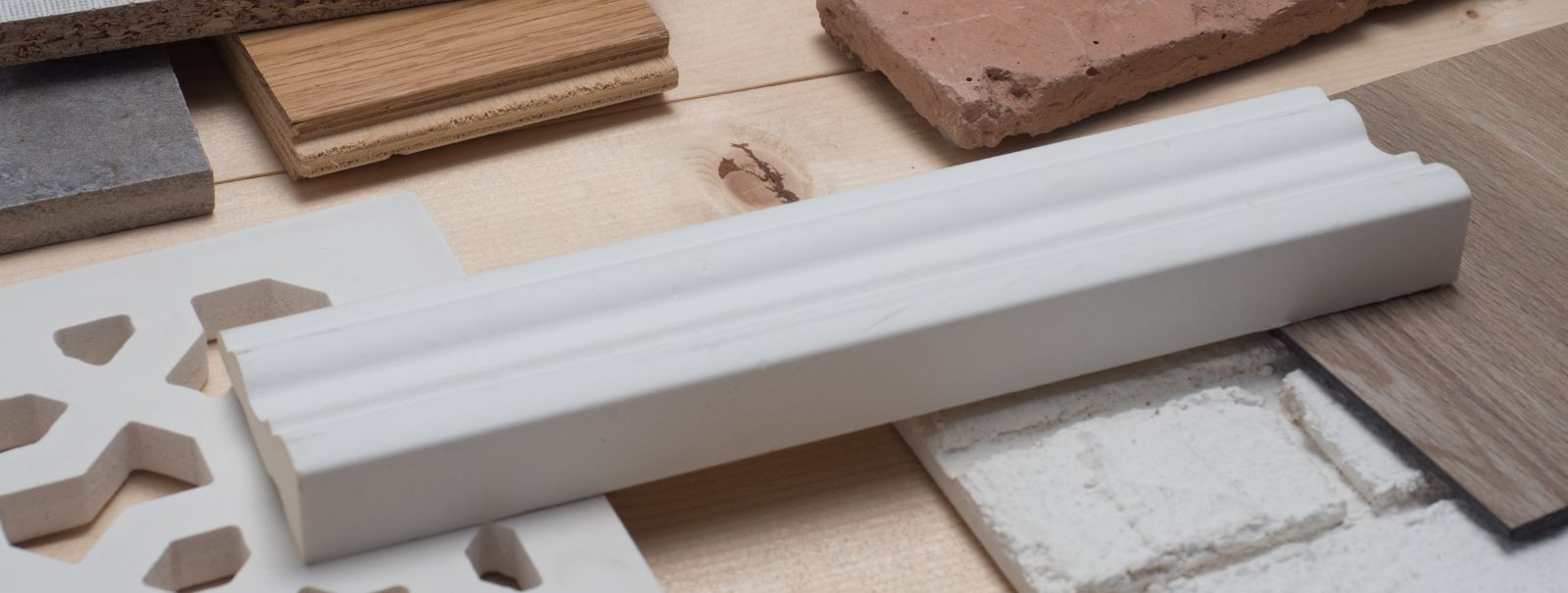5 trends shaping the future of construction materials
The construction industry is on the cusp of a transformation, with innovative materials and technologies paving the way for smarter, more sustainable, and efficient building practices. In this blog post, we'll explore five key trends that are shaping the future of construction materials, offering insights for professional contractors, interior designers, and DIY home renovators.
1. Eco-Friendly and Sustainable Materials
With a growing emphasis on environmental responsibility, the construction industry is adopting green building standards such as LEED and BREEAM. These standards encourage the use of materials that are sustainably sourced, have a lower carbon footprint, and are energy efficient.
Recycled materials are becoming more prevalent in construction, ranging from reclaimed wood and metal to recycled plastic and glass. These materials not only reduce waste but also add unique aesthetic value to projects.
Lifecycle assessments are becoming a crucial part of material selection, helping professionals understand the long-term environmental impact of their choices, from extraction to disposal.
2. Smart Materials and Technology Integration
Self-healing concrete, embedded with bacteria that produce limestone, can automatically repair cracks, significantly extending the material's lifespan.
Phase-changing materials can absorb and release heat, offering a way to naturally regulate building temperatures and reduce reliance on HVAC systems.
The integration of the Internet of Things (IoT) with construction materials allows for real-time monitoring of structural health, moisture levels, and more, optimizing maintenance and safety.
3. Advanced Composites and High-Performance Materials
Carbon fiber is increasingly used to reinforce concrete, offering a lighter, stronger alternative to steel that is resistant to corrosion.
Aerogels, known for their exceptional insulating properties, are being used to create ultra-efficient insulation systems for buildings.
Nanomaterials are being engineered to improve the strength, durability, and fire resistance of construction materials, revolutionizing the capabilities of traditional materials.
4. Modular and Prefabricated Solutions
Modular construction offers a faster, more cost-effective approach to building, with components pre-fabricated in a controlled factory setting, reducing waste and improving quality control.
3D printing technology is being used to create complex building components, allowing for greater design freedom and the potential for on-site fabrication.
Prefabricated modules can be customized to meet specific design requirements, offering flexibility and personalization in construction projects.
5. Focus on Health and Wellness
The demand for non-toxic, health-conscious materials is rising, with a focus on reducing volatile organic compounds (VOCs) and other harmful substances in living and working environments.
Incorporating natural elements into building design, known as biophilic design, is gaining popularity for its ability to enhance well-being and connect occupants with nature.
Materials that contribute to improved indoor air quality, such as those that regulate humidity and prevent mold growth, are becoming essential components of health-focused construction.






Comments (0)